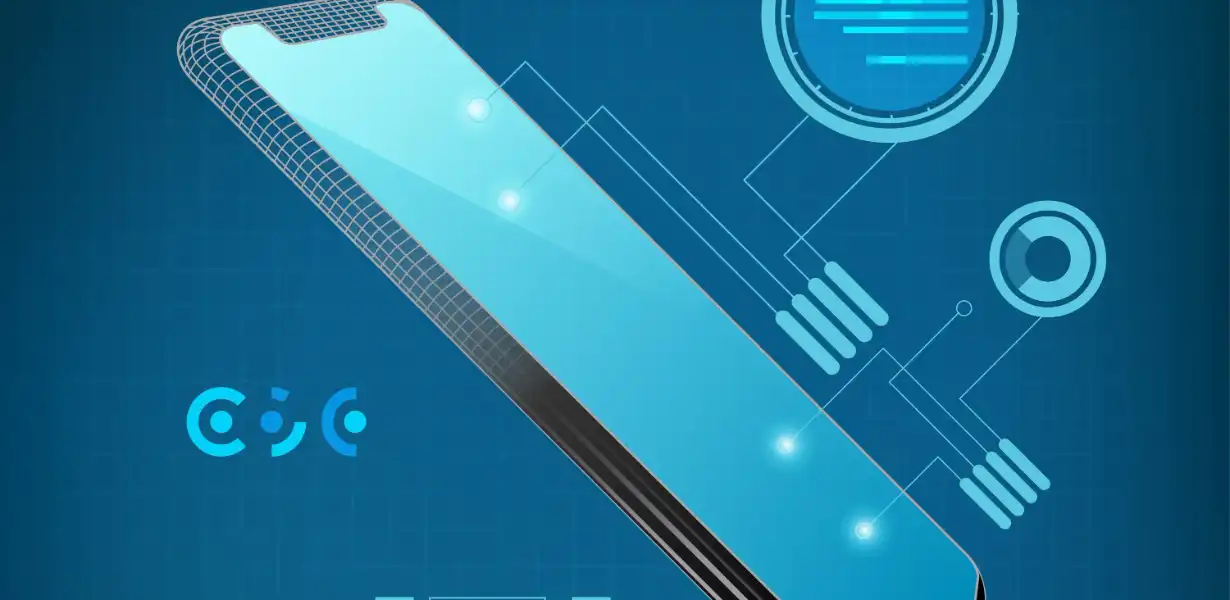
Sustainability Meets Mobile-First Design: Green Innovations in Smartphone Technology
- Post
- August 7, 2023
- Mobile & Responsive, Mobile-First Design, Web Design
- 0 Comments
In the ever-evolving world of technology, sustainability has emerged as a pivotal concern for both consumers and businesses. As the demand for smartphones continues to rise, so does the need for eco-friendly innovations in mobile design. In this blog, we explore the exciting fusion of sustainability and mobile-first design, showcasing green initiatives in smartphone technology that promote a cleaner and greener future. Join us as we delve into remarkable examples, templates, and approaches that demonstrate how sustainability and cutting-edge mobile design can coexist harmoniously.
Mobile-First Design: A Green Pathway to the Future
Mobile-first design is an approach where the mobile version of a website or application is prioritized over its desktop counterpart. This strategy aligns perfectly with sustainability goals by encouraging efficiency, resource conservation, and optimized user experiences. By minimizing data usage, streamlining code, and leveraging responsive design, mobile-first initiatives reduce energy consumption and support eco-friendly practices.
Eco-Friendly Materials: Paving the Way to Green Smartphones
Sustainable Sourcing and Recycling
Leading smartphone manufacturers are increasingly adopting sustainable sourcing practices, ensuring that raw materials come from responsible suppliers. Moreover, they are actively engaging in recycling programs, reclaiming valuable components from old devices to reduce electronic waste and minimize environmental impact.
Biodegradable and Organic Components
Innovative companies are exploring biodegradable and organic materials in smartphone construction. Utilizing natural materials like bamboo, recycled plastic, or bioplastics, these devices are not only more environmentally friendly but also biodegradable, addressing the growing issue of electronic waste pollution.
Energy Efficiency: Powering Smartphones Sustainably
Energy-Efficient Processors
Mobile-first design promotes the use of energy-efficient processors, optimizing performance while reducing power consumption. Advanced chipsets and AI-driven technologies ensure that smartphones operate seamlessly without draining excessive energy.
Solar Charging Solutions
Imagine a smartphone that charges itself using renewable solar energy. Solar charging solutions are becoming a reality, enabling users to power their devices sustainably while on the go. This innovation reduces the reliance on conventional power sources and contributes to a greener energy ecosystem.
Extending Lifespan: Durability for Sustainability
Modular Designs
The concept of modular smartphone design allows users to replace or upgrade specific components, such as the battery or camera, without discarding the entire device. This approach promotes longevity, reduces electronic waste, and encourages a more sustainable consumption pattern.
Repairability and Upgradability
Smartphone manufacturers are embracing repairable and upgradable designs, making it easier for users to fix issues and extend the life of their devices. Repairable smartphones contribute to waste reduction and offer a more sustainable solution to the tech-savvy generation.
Green User Experience: Designing for Conscious Consumption
Sustainable Apps and Features
Mobile-first design advocates for apps and features that support sustainable practices, such as energy-saving modes, eco-friendly tips, and green-themed interfaces. By encouraging conscious consumption, users become active participants in the pursuit of sustainability.
Eco-Friendly Packaging
Forward-thinking companies are reimagining smartphone packaging, opting for biodegradable and recyclable materials. Eco-friendly packaging not only reduces waste but also conveys a strong commitment to sustainability, resonating with environmentally conscious consumers.
Mobile-First Design for Social Impact
Empowering Eco-conscious Consumers
Mobile-first design fosters the creation of applications that empower users to make environmentally responsible choices in their daily lives. From carbon footprint calculators to sustainable shopping apps, smartphones can drive positive social impact through accessibility and user engagement.
Environmental Awareness Campaigns
Smartphones equipped with mobile-first design can become powerful tools for spreading environmental awareness. Companies can collaborate with environmental organizations to launch campaigns that inspire action and drive collective efforts for a greener future.
Final Words
In the dynamic landscape of mobile technology, sustainability and mobile-first design converge to pave the way for a greener, more responsible future. The amalgamation of eco-friendly materials, energy-efficient solutions, and user-focused innovations demonstrates the transformative potential of green smartphone technology. By embracing mobile-first design with a sustainability ethos, we can achieve a harmonious balance between technological advancement and environmental stewardship.
Commonly Asked Questions
Q1. How does mobile-first design benefit the environment?
Mobile-first design benefits the environment by promoting resource efficiency, reducing electronic waste, and optimizing user experiences on smartphones. It encourages the use of sustainable materials, energy-efficient processors, and eco-friendly apps, aligning technology with environmental conservation.
Q2. Are there any examples of mobile-first design in sustainable smartphones?
Yes, several companies have embraced mobile-first design in their sustainable smartphone initiatives. For instance, some smartphones feature biodegradable materials, modular designs for easy repairability, and solar charging solutions, showcasing the possibilities of eco-friendly technology.
Q3. How can mobile-first design contribute to social impact?
Mobile-first design can contribute to social impact by empowering users with eco-conscious apps and features. From carbon footprint calculators to sustainability campaigns, smartphones can drive positive change and inspire individuals to make more environmentally responsible choices.
Q4. What is the significance of eco-friendly packaging in smartphones?
Eco-friendly packaging in smartphones reduces waste and demonstrates a commitment to sustainability. It aligns with the ethos of green smartphone technology, appealing to environmentally conscious consumers who seek products with minimal environmental impact.
Q5. How can users support sustainability in smartphone technology?
Users can support sustainability in smartphone technology by opting for devices with mobile-first design, choosing smartphones made from eco-friendly materials, and participating in recycling programs to responsibly dispose of old devices.



